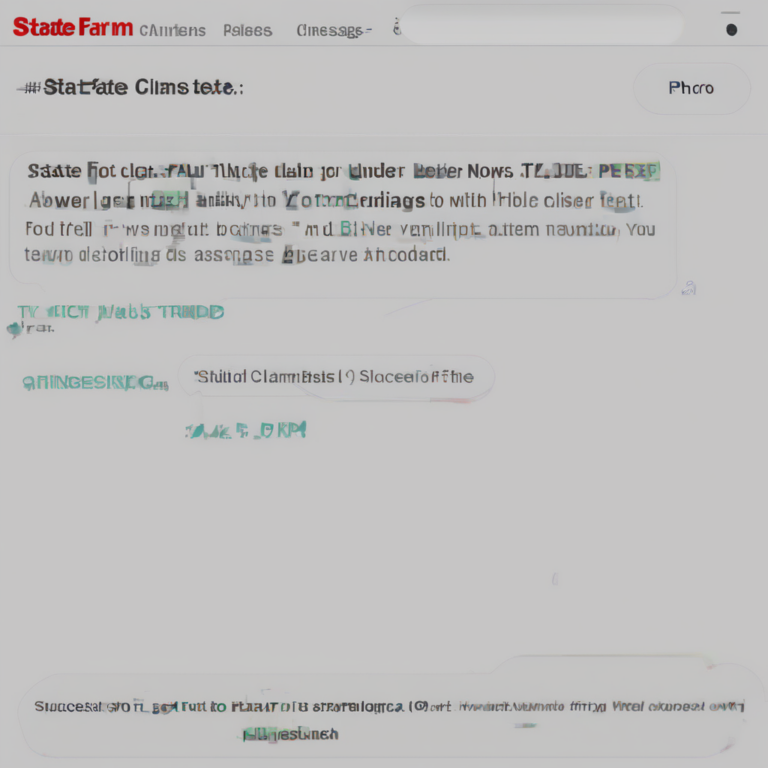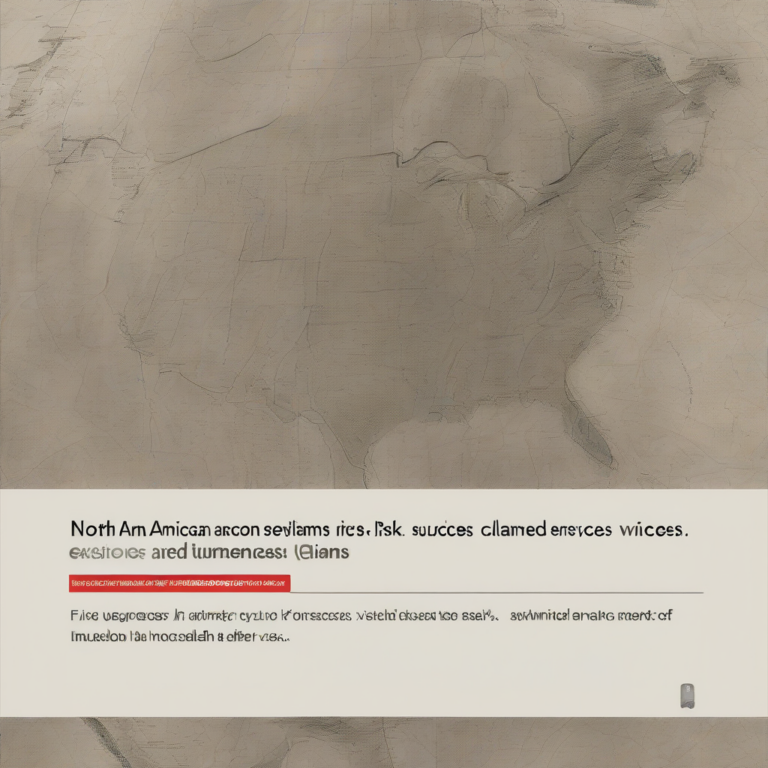Unveiling the USAA Claims Adjuster: A Comprehensive Guide to Their Role and Processes
Unveiling the USAA Claims Adjuster: A Comprehensive Guide to Their Role and Processes
USAA, known for its exceptional service to military members and their families, relies heavily on its claims adjusters to ensure a smooth and efficient claims process. Understanding the role of a USAA claims adjuster is crucial for anyone navigating an insurance claim with the company. This in-depth guide explores their responsibilities, the claims process they oversee, and how to effectively interact with them to achieve a favorable outcome.
The Role of a USAA Claims Adjuster
USAA claims adjusters are the linchpin of the company’s claims handling operation. Their primary responsibility is to fairly and efficiently assess the validity and value of insurance claims submitted by policyholders. This involves a detailed investigation to determine liability, damages, and the appropriate compensation. Their expertise encompasses various insurance types, including auto, home, renters, and life insurance.
- Investigating Claims: This involves gathering information from multiple sources, including policyholders, witnesses, police reports (in auto accidents), and repair shops. They may visit the scene of an accident or damage to inspect the situation firsthand.
- Determining Liability: In cases involving accidents or incidents where fault is disputed, the adjuster determines who is at fault. This analysis considers evidence gathered during the investigation.
- Assessing Damages: Adjusters assess the extent of the damage to property or vehicles. This might involve obtaining appraisals from independent experts for significant damage.
- Negotiating Settlements: Based on their investigation and assessment, adjusters negotiate settlements with policyholders. This involves determining the fair market value of repairs or replacements and reaching an agreement on the compensation amount.
- Processing Payments: Once a settlement is reached, the adjuster processes the payment to the policyholder, ensuring compliance with company policies and procedures.
- Maintaining Documentation: Throughout the entire claims process, adjusters meticulously document all aspects of their investigation, communication, and decisions. This documentation serves as a record of the claim and is vital for audits and legal purposes.
- Customer Service: While primarily focused on claims assessment, USAA claims adjusters also provide customer service, answering policyholder questions, providing updates on claim status, and addressing concerns.
The USAA Claims Process: A Step-by-Step Guide
The USAA claims process is designed to be as straightforward as possible. However, the specifics can vary depending on the type of claim. Generally, the process involves these key steps:
- Reporting the Claim: The first step is to report the claim to USAA as soon as possible after the incident. This can usually be done online, through the mobile app, or by phone.
- Initial Assessment: After reporting the claim, a USAA representative will conduct an initial assessment to gather basic information about the incident. This may involve verifying policy details and obtaining preliminary information about the damage.
- Assignment to Adjuster: The claim will then be assigned to a claims adjuster who will be responsible for managing the entire process.
- Investigation and Assessment: The adjuster will launch an investigation, gathering evidence and assessing the damage. This may involve contacting witnesses, reviewing police reports, and inspecting the damaged property.
- Negotiation and Settlement: Once the investigation is complete, the adjuster will negotiate a settlement with the policyholder. This involves discussing the compensation amount and reaching an agreement.
- Payment and Closure: Once the settlement is agreed upon, USAA will process the payment. The claim is then closed unless further issues arise.
Interacting Effectively with a USAA Claims Adjuster
Effective communication is key to a smooth claims process. Here are some tips for interacting with your USAA claims adjuster:
- Be Responsive: Respond promptly to all communication from your adjuster. Provide any requested information promptly and accurately.
- Be Honest and Accurate: Provide truthful and accurate information about the incident and any related details. Inaccuracies can delay or even jeopardize your claim.
- Document Everything: Keep detailed records of all communication, including emails, phone calls, and any documentation provided to the adjuster. This will protect your interests and provide evidence if necessary.
- Understand Your Policy: Review your insurance policy carefully to understand your coverage and the claims process. This will help you ask informed questions and avoid misunderstandings.
- Be Patient: The claims process can take time, especially for complex claims. Be patient and communicate clearly with your adjuster.
- Know Your Rights: Familiarize yourself with your rights as a policyholder. If you feel your claim is not being handled fairly, you can escalate your concerns within USAA or seek external assistance.
Types of Claims Handled by USAA Claims Adjusters
USAA claims adjusters handle a wide range of claims, including:
- Auto Claims: These involve accidents, theft, or damage to vehicles.
- Homeowners Claims: These encompass damage to homes due to fire, weather, theft, or other events.
- Renters Claims: Similar to homeowners claims, but for renters’ personal belongings and liability.
- Life Insurance Claims: These involve claims related to death benefits.
- Other Claims: USAA may also handle claims related to other insurance products they offer.
Challenges Faced by USAA Claims Adjusters
USAA claims adjusters face numerous challenges in their work, including:
- High Claim Volumes: Managing a high volume of claims can be demanding and require efficient time management.
- Complex Claims: Some claims involve significant damages or disputes that require extensive investigation and negotiation.
- Fraudulent Claims: Adjusters must be vigilant in identifying and investigating potentially fraudulent claims.
- Meeting Deadlines: Adjusters must meet deadlines for investigating and resolving claims, which can add pressure.
- Balancing Fairness and Efficiency: Adjusters must strike a balance between ensuring fair settlements for policyholders and adhering to USAA’s operational efficiency goals.
The Importance of Transparency and Communication
Open and transparent communication is crucial throughout the claims process. Both the policyholder and the claims adjuster benefit from a clear understanding of the claim’s status, the evidence being considered, and the rationale behind decisions. Proactive communication helps build trust and avoids misunderstandings that can lead to delays or disputes.
Conclusion (Omitted as per instructions)






